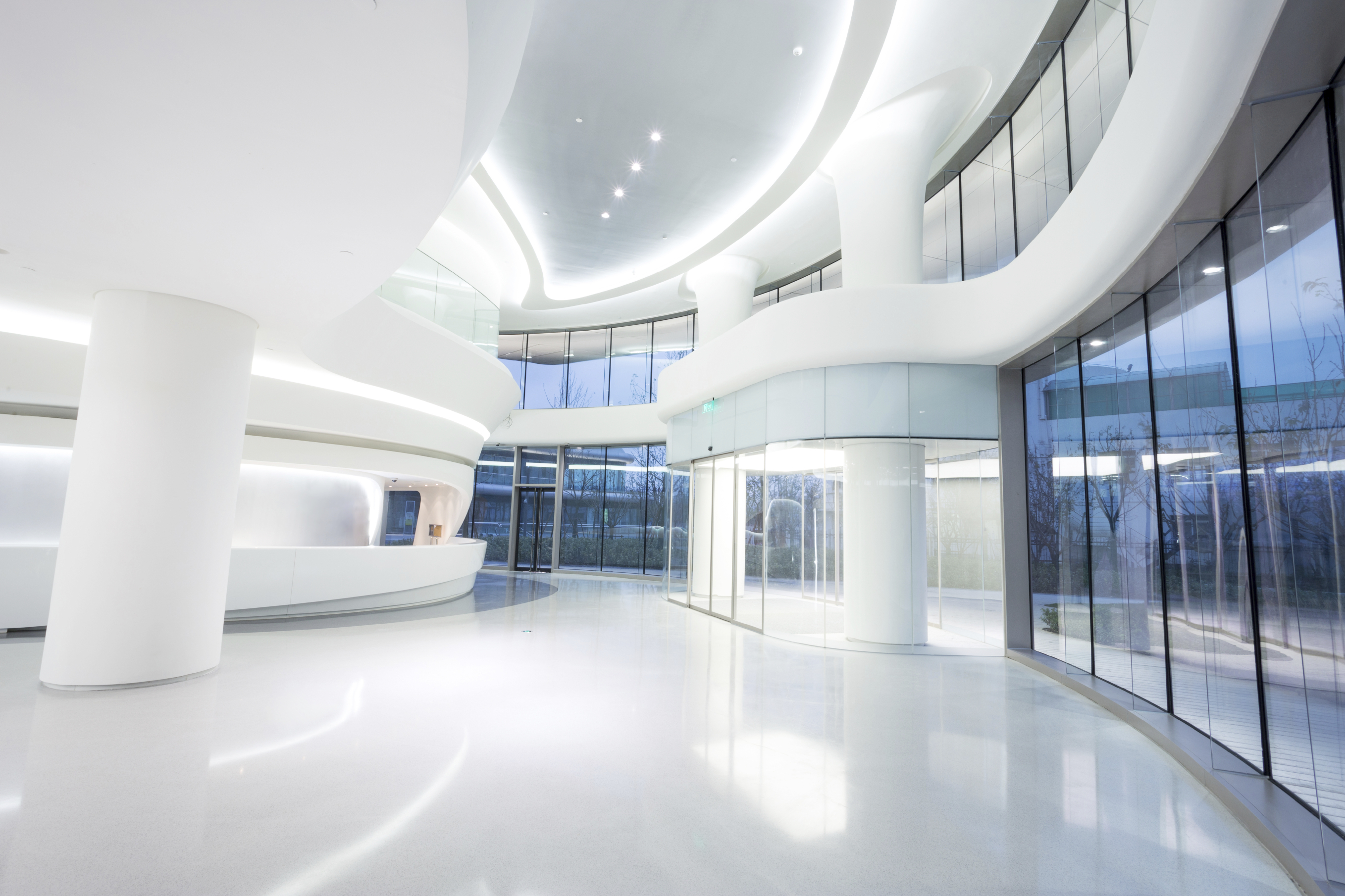This website uses cookies so that we can provide you with the best user experience possible. Cookie information is stored in your browser and performs functions such as recognising you when you return to our website and helping our team to understand which sections of the website you find most interesting and useful.

Connectivity is a big selling point in the solid state lighting industry right now. In fact, it’s so great that according to a report by Global Industry Analysts, Inc, the Internet of Things (IoT( is expected to create $19 Trillion USD in economic value by year 2020. The IoT ecosystem is also projected to reach 27.8 billion connected devices by the same year. The IoT ecosystem boasts a wide range of advantages to those who adopt it. They are seeing savings in energy and operational costs, improved customer service, better metrics tracking and control over small or large scale lighting infrastructures.
With IoT, an LED driver is transformed into a tool that can be connected to sensors for collecting data, control one or multiple fixtures and create energy-saving control schemes that are done within software making installation quicker and easier. LED drivers can even be reassigned and reprogrammed without any additional installation changes giving more freedom and control to facility managers.
Improved lighting controls also means more in energy savings and better employee/customer comfort. Many employers who have been early adopters have reported increased productivity as a result of proper lighting design. The control provided via IoT and dimmable drivers facilitates optimal workspace lighting.
LED lighting reduces energy consumption when dimmed since when LEDs are dimmed to 50% they are only using 50% of power. However, when you dim an incandescent light to 50%, it still uses about 80% of power. There are many applications where light does not always need to deliver full brightness and therefore, a dimmable LED driver would be highly desirable. For example, in office settings, the lighting design can be used to augment natural light and therefore be adjusted based on proximity to windows. Providing controls to those employees to adjust their own light levels helps to improve their comfort and productivity while reducing energy consumption. Dimmable lights can also be used in a conference room to offer multiple settings such as providing more light on the table or on a speaker, or even cinema-style lighting for presentations.
A Dim-to-Off (DTO) feature on the LED driver can add even more employee comfort, safety and energy savings. Lighting in a parking garage or the exterior of the building could also be dimmed to low levels at night or when not in use but brought back to brighter levels when a motion sensor or occupancy sensor detects someone present. Using the DTO feature would eliminate a long wait time for the lights to brighten and if the sensors are spaced accordingly, no one is stepping into an unlit area. DTO can also allow for you to program the lighting so if a room is not in use, the lights will automatically turn off.
Inventronics is closely watching this emerging trend and continues to expand its offering to provide open-standard products that can be easily integrated with other systems and deliver unified solutions. The EUD, ESD and LUD Series of drivers are an effective tool in reaching IoT goals. They are controls ready and offer several dimming control functionalities such as: 0-10V, DALI, PWM, DMX and DTO. They have IP20 and IP67 ratings for use in indoor and outdoor applications and offer a variety of models that provide 40W-600W and 75-9800 mA.
Inventronics will also continue to expand its smart lighting partnerships to help support all open wired and wireless communication protocols such as Daintree Networks®, EnOCean and DALI.
